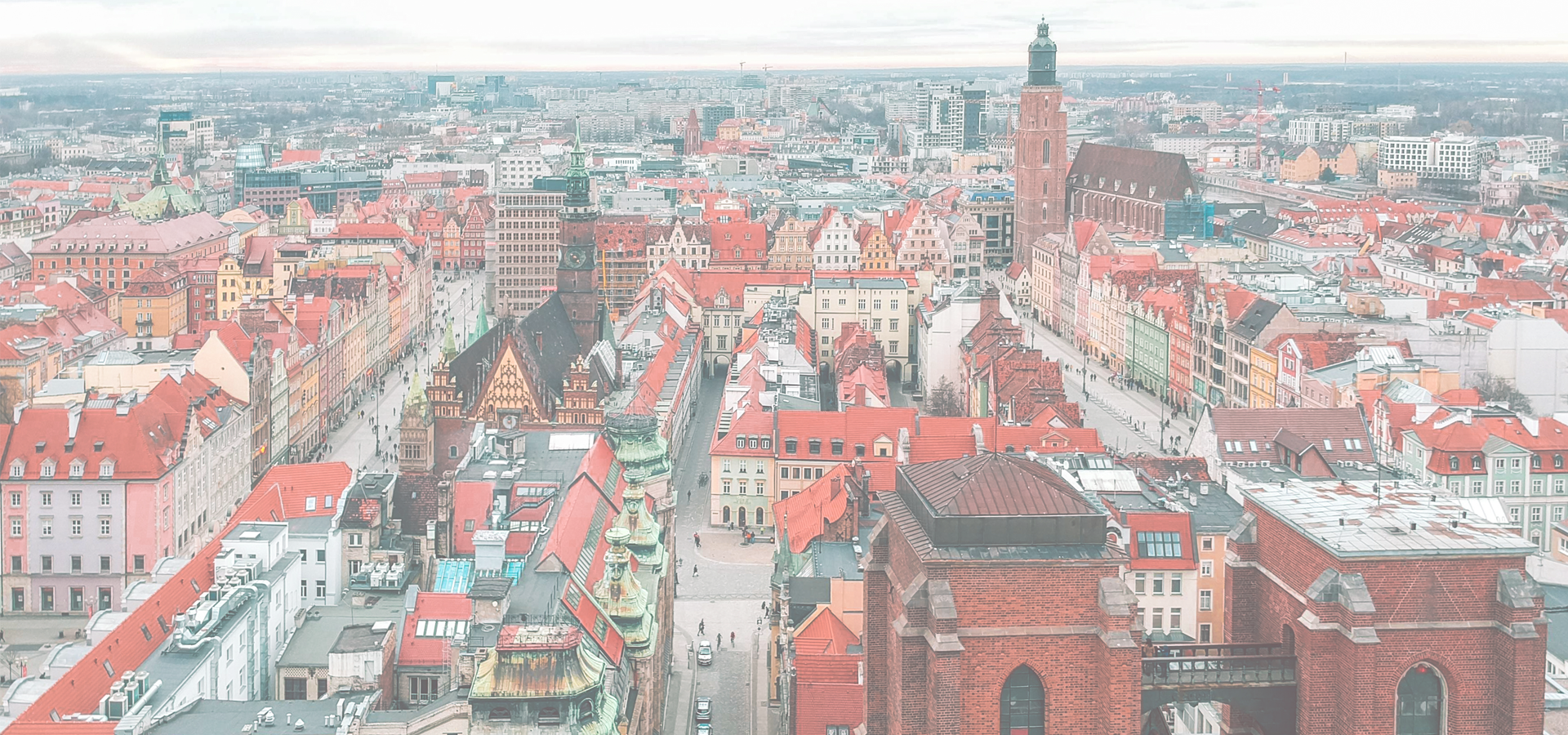Kłodzko, Lower Silesian Voivodeship, Poland
🇵🇱 Kłodzko is a historic town in south-western Poland, in the region of Lower Silesia. It is situated in the centre of the Kłodzko Valley, on the Eastern Neisse river.
Kłodzko is the seat of Kłodzko County (and of the rural Gmina Kłodzko, although the town itself is a separate urban gmina), and is situated in Lower Silesian Voivodeship (from 1975–1998 it was in the former Wałbrzych Voivodeship). Kłodzko is the main commercial centre as well as an important transport and tourist node for the area.
For its historical monuments it is sometimes referred to as "Little Prague". Initially established as a settlement in the 10th century, it is one of the oldest towns in Poland, having been granted city rights in 1233. Culturally and traditionally a part of Bohemia, administratively it has been a part of Silesia since 1763.
Modern Poland After the capitulation of Nazi Germany in 1945, the town became part of Poland under border changes promulgated at the Potsdam Conference, which transferred most of Silesia to Poland. The German inhabitants of the town were expelled in accordance to the Potsdam Agreement. The town was repopulated by Poles, some of whom were Polish refugees from former eastern Polish territories annexed by the Soviet Union, from where they had been displaced by Soviet authorities in accordance to new borders decreed at Yalta Conference, while most came from war-devastated central Poland. In May 1945 Czechoslovakia tried to annex the area on behalf of Czech minority (living especially in the western part of the land, called "Czech Corner") and historical claims, but under pressure from the Soviet union the Czech minority was expelled to Czechoslovakia.
In the 1950s and 1960s much of the town centre was damaged by landslides. It turned out that throughout the city's history, generations of Kłodzko's merchants had developed an extensive net of underground basements and tunnels. They were used for storage and, in times of trouble, as a safe shelter from artillery fire. With time the tunnels were forgotten, especially after the original German population was deported, and during the years after World War II many of them started to collapse, along with the houses above. Since the 1970s the tunnels were conserved and the destruction of the city was stopped. Another disaster happened in 1997, when the city was damaged by flooding even greater than that of 1938. However, the town quickly recovered.
On 28 June 1972 the Catholic parishes of Kłodzko were redeployed from the traditional Hradec Králové diocese (est. 1664; Ecclesiastical province of Bohemia) into the Archdiocese of Wrocław. From 1975 to 1998 Kłodzko was administratively part of the former Wałbrzych Voivodeship.
Currently, Kłodzko is one of centres of culture, commerce and tourism in Lower Silesia.
Tourist attractions • Gothic bridge – often called a "Charles Bridge in miniature" due to its resemblance to one of the most notable historical monuments of Prague. The bridge survived a flood in 1997. The legend is that the bridge is made from eggs components. • City tunnels – parts of the tunnels constructed under the city since the 13th century are open for the public • The Church of Assumption – one of the most notable examples of Gothic architecture in Poland, constructed by the Order of Saint John in the 14th century • Baroque Church of Our Lady of the Rosary and the Franciscan monastery • The fortress – a unique stronghold on a high rock overlooking the city, first erected on this spot in the 9th century. During the reign of King Frederick the Great, it was one of the largest fortresses in Prussia. • Town hall, built in 1890, but the older Gothic-Renaissance tower has been preserved • Kłodzko Land Museum [pl] • Marian Column – located at the market square, or the town square. It depicts the Blessed Virgin Mary and was constructed after a plague in 1625. This is a common sight in many other cities and towns that once belonged to the Habsburg monarchy.
Education Educational establishments in Kłodzko include: • a branch of the Wrocław-based "Edukacja" College of Management.
Wrocław, Lower Silesian Voivodeship, Poland

Kłodzko has a population of over 26,845 people. Kłodzko also forms the centre of the wider Kłodzko County which has a population of over 158,600 people.
To set up a UBI Lab for Kłodzko see: https://www.ubilabnetwork.org Twitter: https://twitter.com/UBILabNetwork
Twin Towns, Sister Cities Kłodzko has links with:
🇩🇪 Bensheim, Germany 🇫🇷 Carvin, France 🇧🇪 Fléron, Belgium 🇩🇪 Georgsmarienhütte, Germany 🇵🇱 Limanowa, Poland 🇨🇿 Náchod, Czech Republic 🇷🇴 Rădăuți, Romania 🇨🇿 Rychnov nad Kněžnou, Czech Republic🇵🇱 Tarnowskie Góry 50.445
🇺🇦 Solomianskyi 50.45
🇵🇱 Busko-Zdrój 50.408
🇵🇱 Dzierżoniów 16.653
🇳🇦 Otjiwarongo 16.65
🇮🇹 Corigliano-Rossano 16.633
🇭🇺 Szombathely 16.622
Locations Near: Kłodzko 16.6648,50.4365
🇵🇱 Dzierżoniów 16.653,50.729 d: 32.6
🇵🇱 Świdnica 16.483,50.85 d: 47.7
🇵🇱 Wałbrzych 16.285,50.769 d: 45.7
🇨🇿 Náchod 16.15,50.417 d: 36.5
🇨🇿 Šumperk 16.976,49.965 d: 56.9
🇨🇿 Svitavy 16.467,49.75 d: 77.6
🇨🇿 Trutnov 15.913,50.561 d: 55
Antipodal to: Kłodzko -163.335,-50.437
🇹🇴 Nuku'alofa -175.216,-21.136 d: 16595
🇵🇫 Papeete -149.566,-17.537 d: 16157
🇦🇸 Pago Pago -170.701,-14.279 d: 15939.9
🇼🇸 Apia -171.76,-13.833 d: 15874.2
🇺🇸 Hilo -155.089,19.725 d: 12171.5
🇺🇸 Maui -156.446,20.72 d: 12073.9
🇺🇸 Maui County -156.617,20.868 d: 12059
🇺🇸 Wailuku -156.505,20.894 d: 12055.1